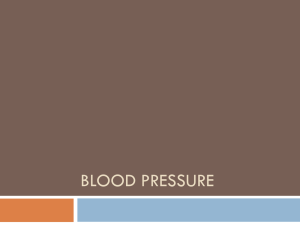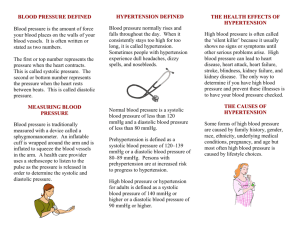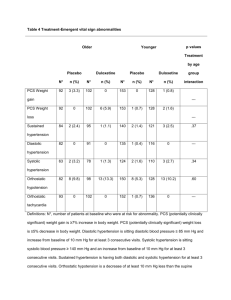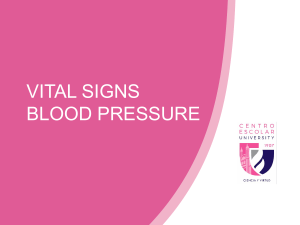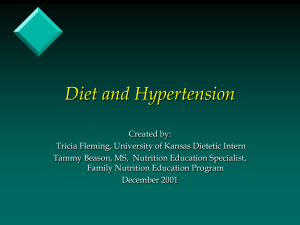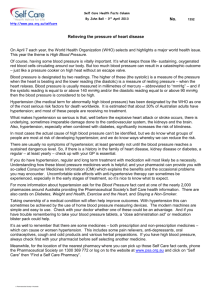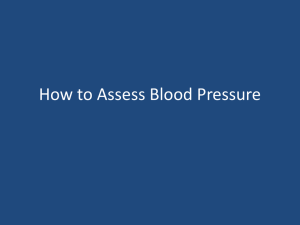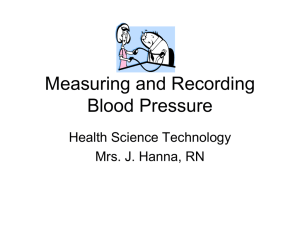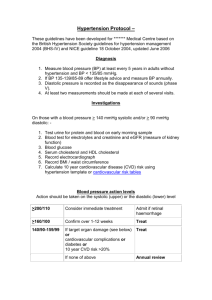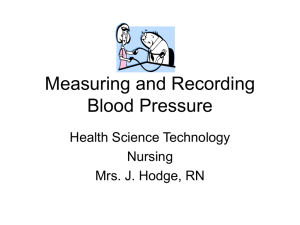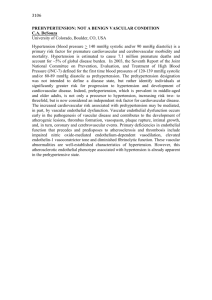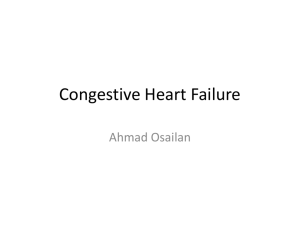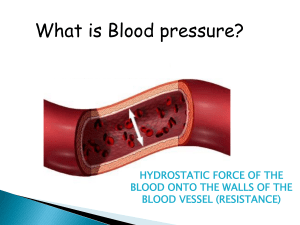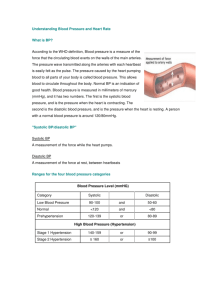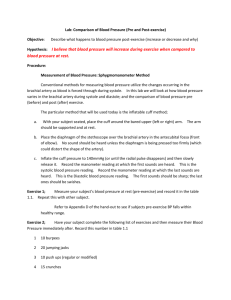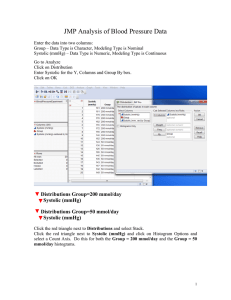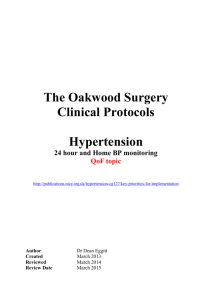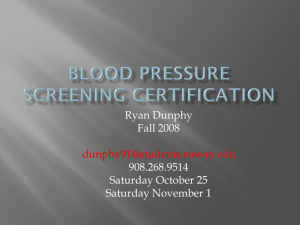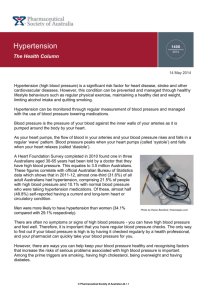Please read on
advertisement
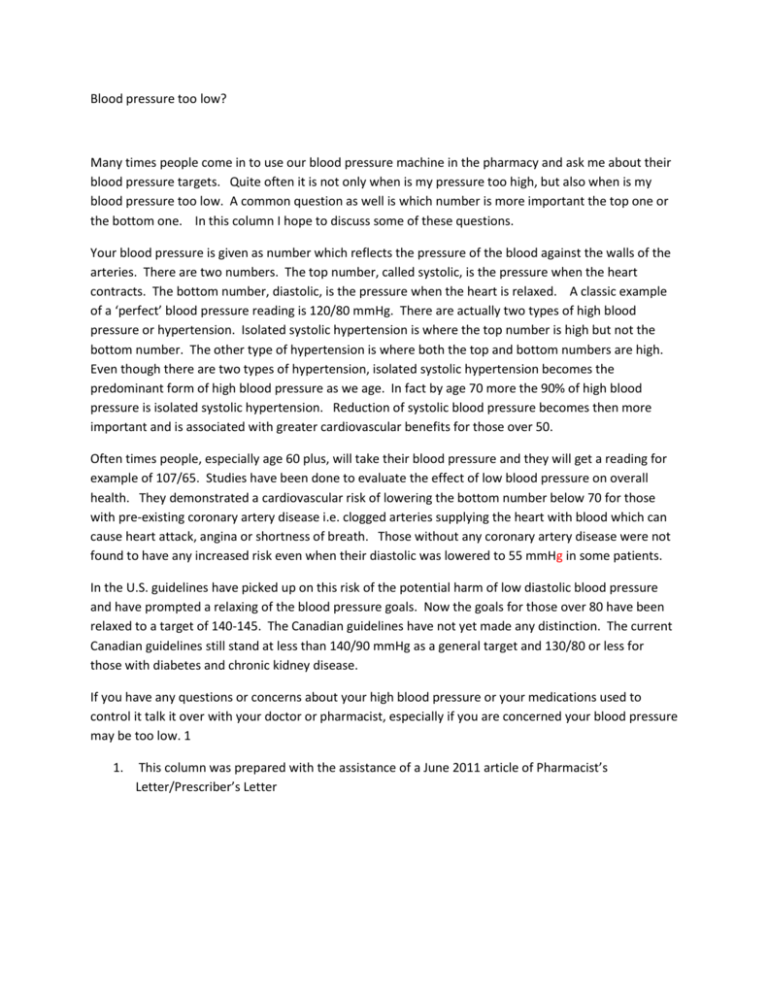
Blood pressure too low? Many times people come in to use our blood pressure machine in the pharmacy and ask me about their blood pressure targets. Quite often it is not only when is my pressure too high, but also when is my blood pressure too low. A common question as well is which number is more important the top one or the bottom one. In this column I hope to discuss some of these questions. Your blood pressure is given as number which reflects the pressure of the blood against the walls of the arteries. There are two numbers. The top number, called systolic, is the pressure when the heart contracts. The bottom number, diastolic, is the pressure when the heart is relaxed. A classic example of a ‘perfect’ blood pressure reading is 120/80 mmHg. There are actually two types of high blood pressure or hypertension. Isolated systolic hypertension is where the top number is high but not the bottom number. The other type of hypertension is where both the top and bottom numbers are high. Even though there are two types of hypertension, isolated systolic hypertension becomes the predominant form of high blood pressure as we age. In fact by age 70 more the 90% of high blood pressure is isolated systolic hypertension. Reduction of systolic blood pressure becomes then more important and is associated with greater cardiovascular benefits for those over 50. Often times people, especially age 60 plus, will take their blood pressure and they will get a reading for example of 107/65. Studies have been done to evaluate the effect of low blood pressure on overall health. They demonstrated a cardiovascular risk of lowering the bottom number below 70 for those with pre-existing coronary artery disease i.e. clogged arteries supplying the heart with blood which can cause heart attack, angina or shortness of breath. Those without any coronary artery disease were not found to have any increased risk even when their diastolic was lowered to 55 mmHg in some patients. In the U.S. guidelines have picked up on this risk of the potential harm of low diastolic blood pressure and have prompted a relaxing of the blood pressure goals. Now the goals for those over 80 have been relaxed to a target of 140-145. The Canadian guidelines have not yet made any distinction. The current Canadian guidelines still stand at less than 140/90 mmHg as a general target and 130/80 or less for those with diabetes and chronic kidney disease. If you have any questions or concerns about your high blood pressure or your medications used to control it talk it over with your doctor or pharmacist, especially if you are concerned your blood pressure may be too low. 1 1. This column was prepared with the assistance of a June 2011 article of Pharmacist’s Letter/Prescriber’s Letter
